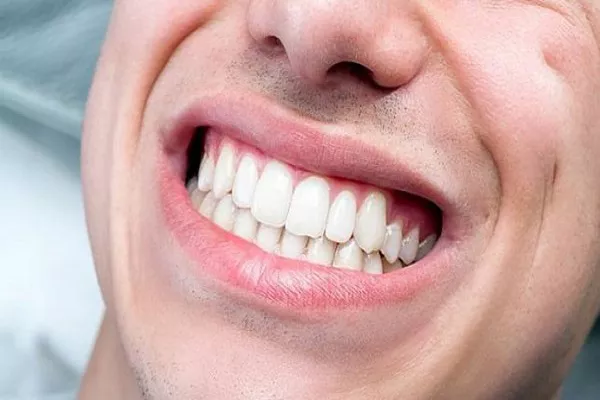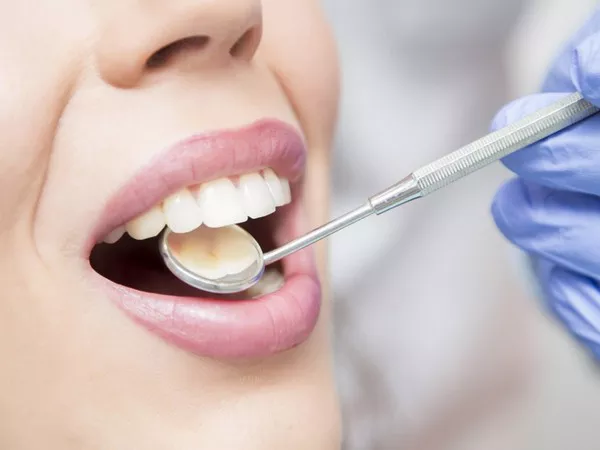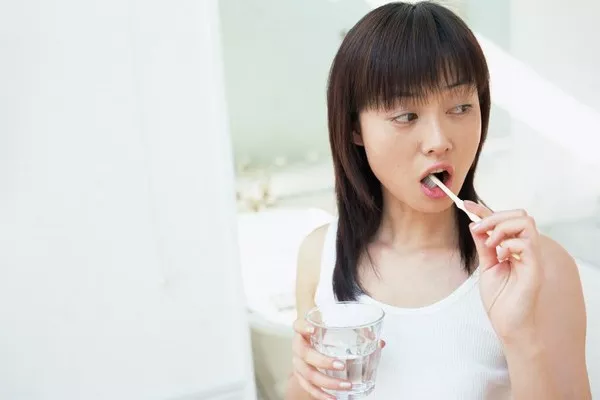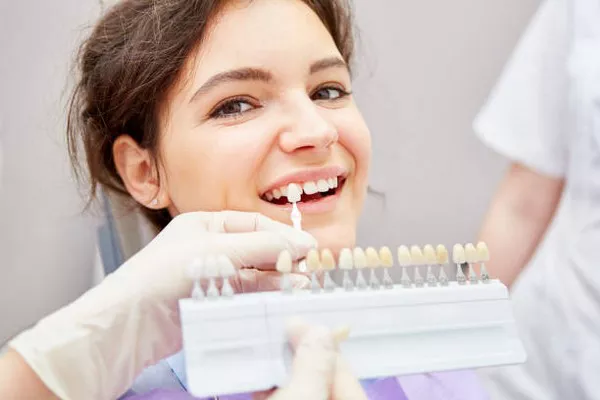Tooth discoloration, particularly yellowing, is a common dental concern that affects many individuals. This article aims to provide an overview of the causes of yellow teeth, including both extrinsic and intrinsic factors, and offers insights into prevention and treatment options.
What are Yellow Teeth?
Yellow teeth refer to teeth that have a noticeable yellowish hue, often due to staining or changes in the tooth’s structure. This discoloration can occur on the surface of the teeth (extrinsic) or within the tooth itself (intrinsic).
Extrinsic vs. Intrinsic Discoloration
Extrinsic discoloration occurs when substances from food, drinks, or tobacco adhere to the outer layer of the tooth, known as the enamel. In contrast, intrinsic discoloration involves changes to the tooth’s inner structure, such as the dentin, which can be caused by factors like medications or genetics.
Common Causes of Yellow Teeth
1. Foods and Drinks
Certain foods and beverages, such as coffee, tea, red wine, and dark-colored fruits, contain chromogens, pigmented molecules that can adhere to tooth enamel and cause staining over time.
2. Tobacco Use
Smoking or chewing tobacco products exposes the teeth to tar and nicotine, which can lead to significant yellowing and even brown discoloration.
3. Poor Dental Hygiene
Inadequate brushing and flossing can allow plaque and tartar buildup, contributing to yellowing by providing a surface for staining substances to adhere to.
4. Disease and Medications
Some diseases and medications can affect tooth color. For instance, certain antibiotics, such as tetracycline, can cause intrinsic staining in developing teeth, leading to a yellow or grayish hue.
5. Aging
As individuals age, the outer layer of enamel naturally wears down, revealing the yellowish dentin beneath, which can give the teeth a more yellow appearance.
6. Genetics
Genetic factors can influence the thickness and color of enamel, leading to variations in tooth color among individuals. Some people may inherently have yellower teeth due to their genetic makeup.
7. Environmental Factors
Excessive fluoride exposure, particularly during childhood, can cause fluorosis, leading to white streaks or yellow or brown discoloration on the teeth.
8. Dental Materials
Certain dental materials, such as amalgam fillings, can cause discoloration over time. Additionally, metal-based crowns or restorations may create a noticeable contrast with natural teeth, contributing to yellowing.
9. Trauma
Injuries to the teeth, such as fractures or bruising, can disrupt enamel formation or damage the pulp, leading to discoloration as the tooth responds to the trauma.
Prevention Tips
To prevent yellowing of teeth, individuals can:
- Maintain good oral hygiene practices, including brushing at least twice daily and flossing regularly to remove plaque and prevent staining.
- Limit consumption of stain-causing foods and beverages, or rinse the mouth with water after consumption.
- Quit smoking and avoid tobacco products to reduce the risk of yellowing and other oral health issues.
- Seek dental check-ups regularly to address any underlying dental concerns or early signs of discoloration.
Professional and At-Home Treatment Options
Professional whitening procedures, such as in-office bleaching treatments or professional take-home kits prescribed by dentists, can effectively lighten yellow teeth by removing surface stains and brightening enamel.
At-home whitening kits, including over-the-counter whitening toothpaste, strips, or trays, can also help reduce mild surface stains, although their effectiveness may vary.
Natural Remedies
Some natural remedies, such as baking soda and hydrogen peroxide mixtures or oil pulling with coconut oil, may help whiten teeth to some extent. However, it’s essential to use these methods cautiously and consult with a dentist before trying any DIY whitening treatments.
Myths vs. Facts
- Myth: Lemon juice can whiten teeth.
Fact: While lemon juice contains citric acid, which may have some bleaching properties, it can also erode enamel and lead to increased tooth sensitivity and risk of cavities. - Myth: Charcoal toothpaste is safe and effective for whitening.
Fact: Charcoal toothpaste may be abrasive and can potentially damage enamel with long-term use. Consult with a dentist before using charcoal products for whitening.
When to See a Dentist
If yellowing persists despite adopting preventive measures or if there are other concerning symptoms, such as tooth sensitivity, it’s essential to seek professional dental evaluation. A dentist can assess the underlying cause of tooth discoloration and recommend appropriate treatment options tailored to individual needs.
Conclusion
Yellow teeth can result from various factors, including dietary habits, lifestyle choices, genetics, and dental health practices. By understanding the causes and implementing preventive measures, individuals can maintain a bright and healthy smile for years to come. However, it’s crucial to consult with a dentist for personalized advice and treatment options to address any concerns related to tooth discoloration.
FAQs About Yellow Teeth
1. What is the main cause of yellow teeth?
Yellow teeth can be caused by various factors, but the primary culprits are typically staining from foods and beverages, tobacco use, poor oral hygiene, aging, and certain medications or medical conditions. These factors can lead to extrinsic or intrinsic discoloration, resulting in the yellow appearance of teeth.
2. Can yellow teeth become white again?
Yes, yellow teeth can often be whitened through various treatment options. Professional dental procedures, such as in-office bleaching or professional take-home whitening kits, can effectively remove surface stains and lighten the teeth. Additionally, over-the-counter whitening products and natural remedies may help reduce mild staining. However, the effectiveness of whitening treatments may vary depending on the severity of discoloration and individual factors.
3. Why are my teeth yellow even though I brush?
Despite regular brushing, teeth can still appear yellow due to factors such as intrinsic staining, which occurs within the tooth structure, or the buildup of plaque and tartar. Certain foods, beverages, and habits like smoking can also contribute to staining over time. In some cases, underlying dental issues or genetic factors may affect tooth color, making it challenging to achieve desired whitening results through brushing alone.
4. How to stop yellowing of teeth?
To prevent yellowing of teeth and maintain a bright smile, consider the following tips:
- Practice good oral hygiene by brushing at least twice daily and flossing regularly to remove plaque and prevent staining.
- Limit consumption of stain-causing foods and beverages, or rinse the mouth with water after consumption.
- Avoid tobacco products, as smoking or chewing tobacco can lead to significant yellowing of teeth.
- Schedule regular dental check-ups for professional cleanings and to address any underlying dental concerns.
- Consider professional whitening treatments for more stubborn stains or discoloration.
- Use caution with natural remedies or over-the-counter whitening products, and consult with a dentist before trying any DIY treatments.






























